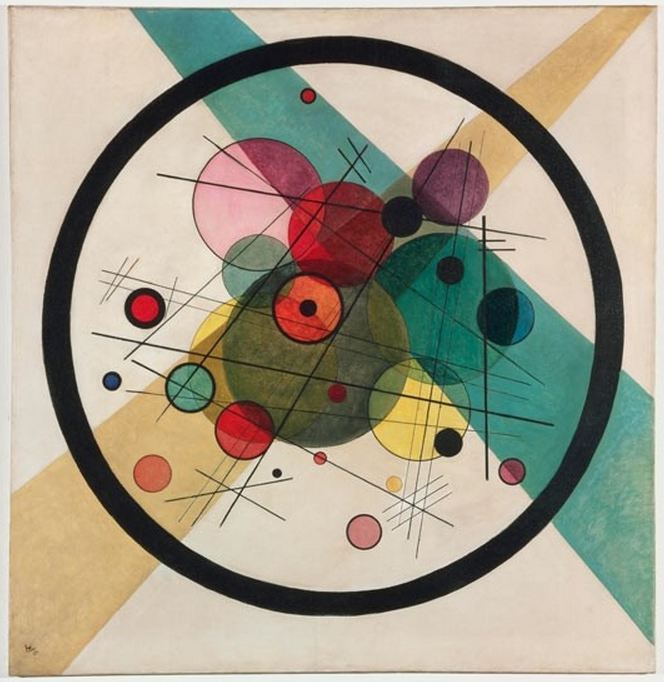One argument for the view that all access-consciousness depends upon sensory representations is an inference to the best explanation (or rather, a series of them) that brings together recent work on consciousness with recent work on working memory. The argument builds on the findings of Bernard Baars, Stanislas Dehaene, and others who have amassed a large and convincing body of data in support of the “global broadcasting” or “global workspace” theory of conscious experience. Across a wide variety of unconscious forms of perception there can be local reverberating activity in both mid-level and high-level sensory cortices. (In the case of vision, in occipital cortex and posterior temporal cortex.) Stimuli in such cases can be processed all the way up to the conceptual level. They can give rise to semantic priming effects, for example. But when this activity is targeted by attention the percepts become conscious, and there is widespread coordinated activity linking it also to frontal and parietal cortices.
(A note: the book says nothing – or very little – about phenomenal consciousness. Its main focus is access-consciousness, and global workspace theory is treated as an account of the latter.)
Everyone agrees that attention can be a major determinant of consciousness. I argue that it is necessary and (with other factors) sufficient for consciousness. While some have claimed that gist-perception and/or background-scene perception is conscious in the absence of attention, recent studies have shown that this is incorrect: such properties merely require comparatively little attention to be consciously perceived. Moreover, the neural mechanisms underlying attention are increasingly well understood. The top–down attentional network links dorsolateral prefrontal cortex, the frontal eye-fields, and the intraparietal sulcus. The “business end” of the system is the latter, which projects both boosting and suppressing signals to targeted areas of mid-level sensory cortices. At the same time there is a bottom–up attentional network (sometimes called the “saliency network”) linking regions of right ventrolateral parietal cortex and right ventrolateral prefrontal cortex, which then interact with the top–down system through the anterior cingulate.
An extensive recent body of work on working memory suggests that this same attentional network, which is responsible for conscious perception, is also involved in our capacity to sustain and generate conscious representations endogenously. For example, whenever brain-imaging studies of working memory have been conducted, content-related activity in one or more sensory areas has always been found. Moreover, this activity plays a causal role in the tasks in question, since transcranial magnetic stimulation (TMS) applied to these areas during the retention interval in working-memory tasks disrupts performance.
(Note that many working-memory tasks could be solved purely amodally – keeping numbers, words, or concepts active in the global workspace, for examples – if such a thing were really possible.)
An inference to the best explanation enables us to combine and unify these two bodies of research, thereby detailing the mechanisms that underlie the stream of consciousness quite generally. Attentional signals directed at mid-level sensory areas are necessary for contents to enter working memory (thereby becoming conscious), as well as for conscious perception. And then if working memory is the system that underlies conscious forms of reasoning and decision making, as many in the field believe, we can conclude that all conscious thinking is sensory based.
It remains possible, of course, that there is, in addition, an amodal (nonsensory) workspace in which propositional attitudes can figure consciously. However, we have no evidence of any form of global broadcasting that isn’t tied to sensory-cortex activity. Nor do we have evidence of an attentional network with the right “boosting and suppressing” properties targeted at anterior and medial temporal cortex or prefrontal cortex, which is what would be needed if amodal attitudes were to be globally broadcast. Of course, absence of evidence isn’t by itself evidence of absence. But there are a number of lines of evidence that count strongly against the competing proposal outlined here. In my next post I will sketch one of them.


Just a quick question. What would you say constituted a ‘mid-level sensory area’?
Bob, in the case of vision these would include V1, V2, V3, MT, and perhaps regions like fusiform gyrus. But not, for example, anterior, inferotemporal, and medial temporal cortex.
best
Peter